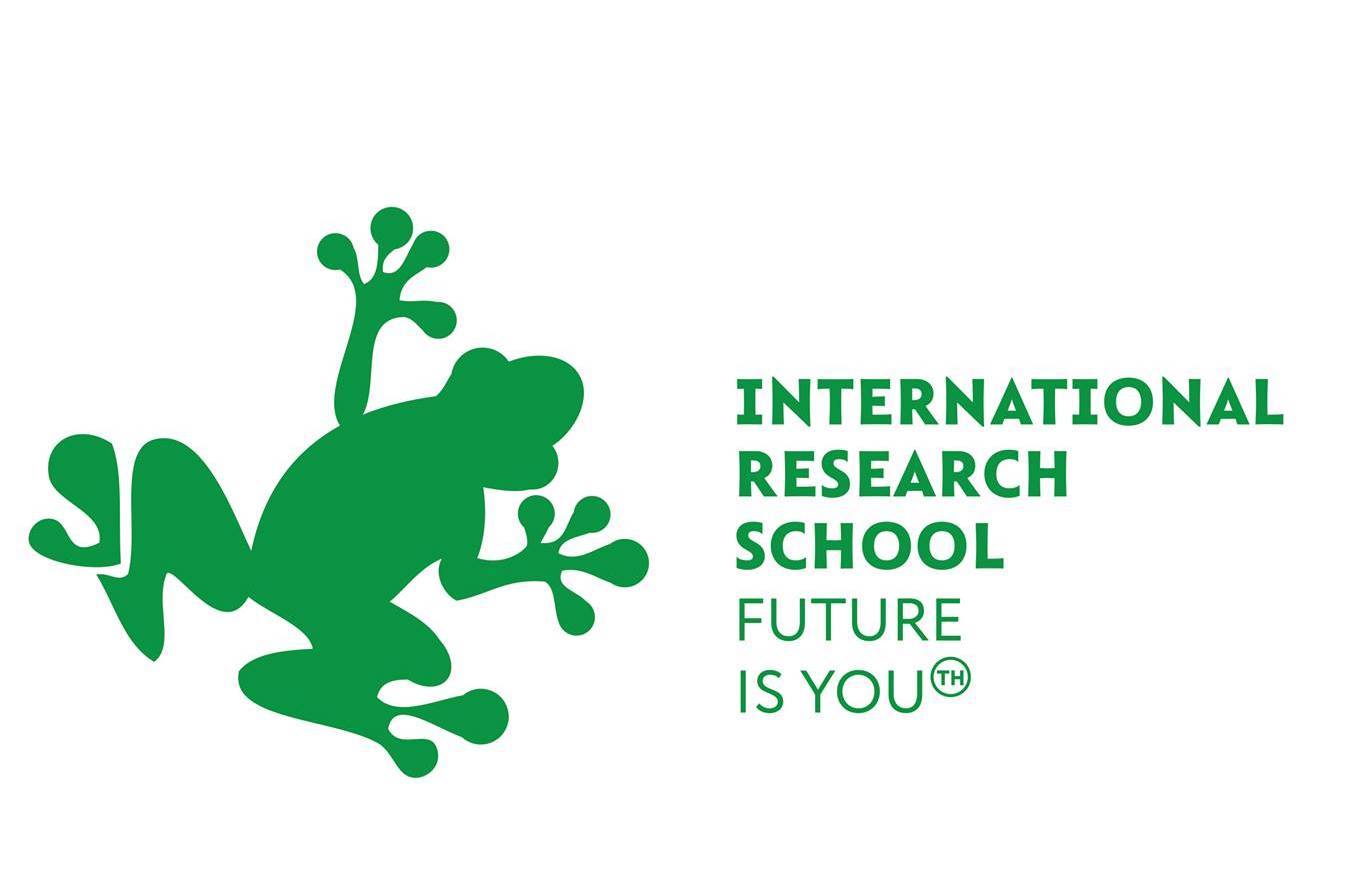12TH INTERNATIONAL RESEARCH SCHOOL
Mathematics of Paper Folding
Mathematics & Geometry
Origami is often considered as recreation and child's play. But is it really just that? Nowadays Origami has many applications in Science and engineering. All thanks to the introduction of Mathematics and Computer Science.
But what is the limitation of paper folding? What 3D shapes one can make with only folding a single sheet of paper without using scissors and glue?
But what is the limitation of paper folding? What 3D shapes one can make with only folding a single sheet of paper without using scissors and glue?

In this project, we start with exploring the potentials of Origami and aim to get an understanding of the underlying rules of Paper folding both mathematically and Intuitively.
We will reverse engineer some Origami Polyhedrons to explore and get a better understanding of 3D geometry and locking mechanisms in Origami.
We will reverse engineer some Origami Polyhedrons to explore and get a better understanding of 3D geometry and locking mechanisms in Origami.

Elevated brics
Later by using concepts of self-similarity and fractal geometry, you will be going to learn how to design Fractal Origami Models. Then we aim to construct a large Multi-Piece Origami Sculpture without any glue. The challenge would be to solve the large construction problem both theoretically by designing the model and practically by considering how to approach building a quite large origami model.

Tutors

Ali Bahmani
Teharan, Iran
Teharan, Iran
Ali studied both Applied Mathematics and Art at University. He has been a professional Origami researcher and educator for the last 8 years. Ali has held origami workshops Both in schools and Universities in Iran and Japan for the professional and public audience.
Ali also designed many geometrical origami models. His designs have been published all over the world including MIT University, Japanese Origami Association, Deutschland Origami and more.
He loves the element of surprise when it comes to origami. He gets excited to show the people how origami is unexpectedly beautiful, engaging and accessible.
Beside Origami he works as a User experience designer at a Tech Company in Tehran.
Ali also designed many geometrical origami models. His designs have been published all over the world including MIT University, Japanese Origami Association, Deutschland Origami and more.
He loves the element of surprise when it comes to origami. He gets excited to show the people how origami is unexpectedly beautiful, engaging and accessible.
Beside Origami he works as a User experience designer at a Tech Company in Tehran.

Kiumars Sharifmoghaddam
Tehran, Iran
Tehran, Iran
Kiumars studied Pure Mathematics (B.Sc) and computer science (M.Sc in the field of computational geometry) at University. He started teaching since 2006 when he was just 18 and now he is a Mathematics and Geometry teacher and the head of Mathematics Department at NODET (National Organization for Development of Exceptional Talents) High school in Tehran. In the last 12 years, he has held many creative mathematical and interdisciplinary workshops both in schools and Universities.
He also designed many geometrical origami models. His designs have been published all over the world including MIT University, Deutschland Origami, British Origami society and more.
Solving Mathematical Puzzles and playing board games are his hobbies. Other scientific fields that he experienced are Cryptography, Graph theory and Combinatorics.
He also designed many geometrical origami models. His designs have been published all over the world including MIT University, Deutschland Origami, British Origami society and more.
Solving Mathematical Puzzles and playing board games are his hobbies. Other scientific fields that he experienced are Cryptography, Graph theory and Combinatorics.
Ali and Kiumars worked on the Paper "Using Origami to Enrich Mathematical Understanding of Self Similarity and Fractals" and presented it at the Tokyo University in 2014.


